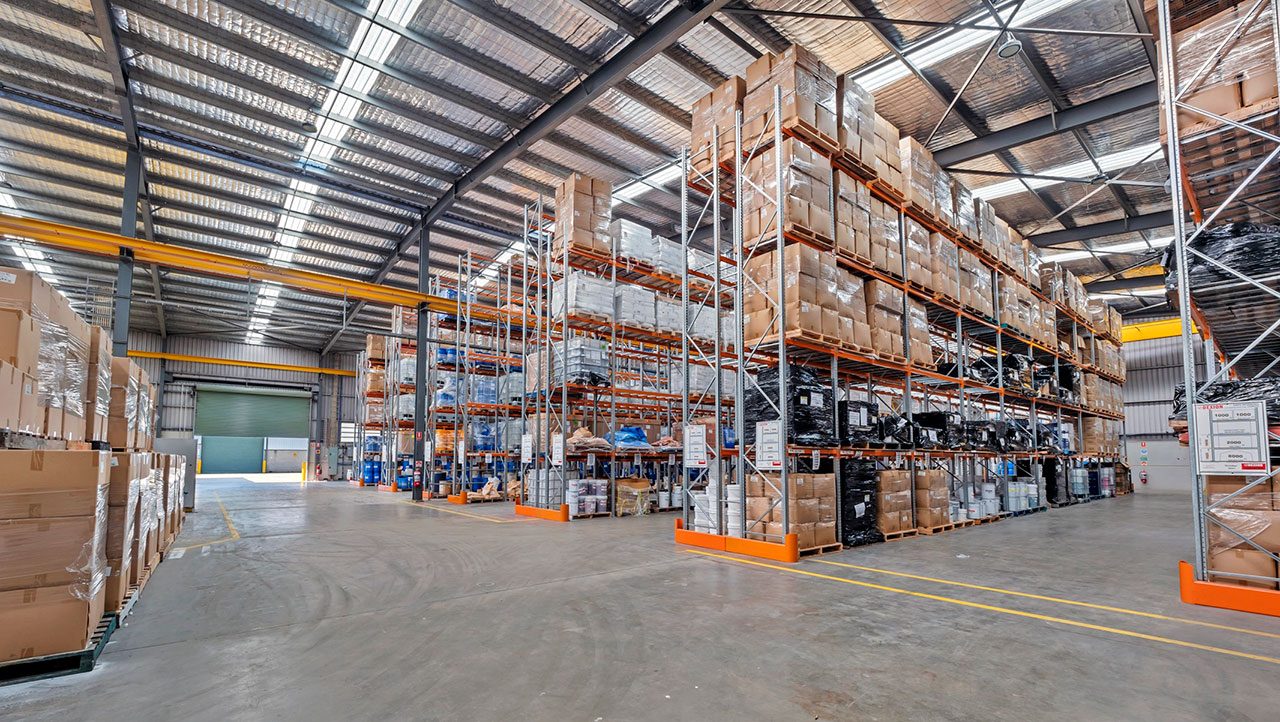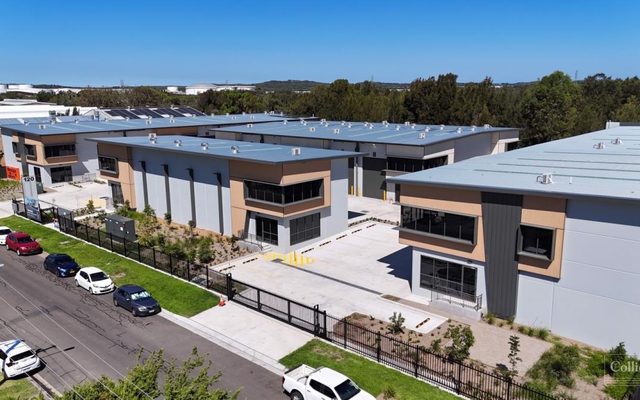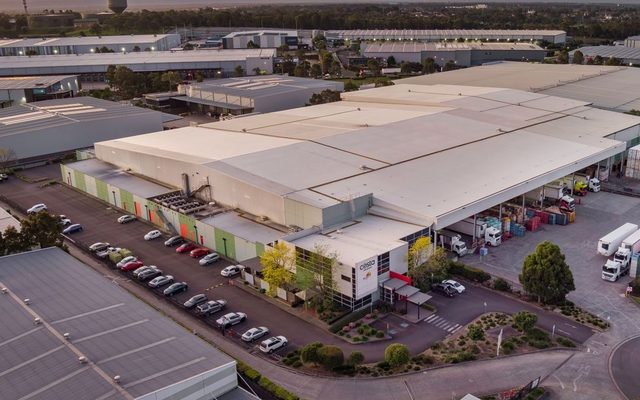This article is from the Australian Property Journal archive
THE e-commerce boom that turbocharged demand for warehousing has powered the industrial and logistics investment universe to worth nearly $300 billion, on par with the office sector for the first time, and has it poised to become the largest traditional commercial real estate sector outright.
CBRE data shows the industrial and logistics sector has surged from a value of $137 billion in September 2021, while the office universe was worth $350 billion in May of 2022 before an existential crisis wiped off tens of billions of dollars from the value of office towers.
Sass Jalili, CBRE’s Australian head of industrial and logistics research, forecasts Australia’s industrial & logistics investable universe will reach $410 billion in the next decade and the firm expects the asset class to “remain the dominant commercial sector over the next few years”.
Despite industrial and logistics yields expanding by an average of 122 basis points across the country over the past 12 months, rents jumped by another 18% year-on-year. Meanwhile, three million sqm of new floorspace was also added to the market over this time.
CBRE is forecasting a slowing of this rental growth trajectory, but rents will keep rising given that vacancy rates are expected to remain below 4% in 2024.
“Occupiers will have more choice this year as more space is anticipated to come to the market. Despite this, the 2024 supply pipeline is already 50% pre-committed and therefore vacancies won’t reach the equilibrium rate of 4% in the next 12 months,” Jalili said.
“We forecast rental growth for the year ahead will be in high single digits, particularly for markets where vacancy rates currently remain below 1%.”
The market share of capital stock by city shows Sydney leads at 44%, followed by Melbourne at 23%, and Brisbane at 14%.
Perth has 11%, and Adelaide 8%,
Chris O’Brien, CBRE capital markets executive director, industrial and logistics, said CBRE has identified around $20 billion of capital that is currently seeking to be deployed into industrial and logistics assets, which is expected to lead to more strategic partnerships as capital seeks alternative paths into the Australian market.
CBRE’s latest APAC Investor Intentions Survey showed Australia is the second-most preferred market for cross-border investment, with the industrial and logistics sector continuing to be the preferred property asset class for core investors.
Meanwhile, a Cushman & Wakefield survey showed that 86% of investors favour the Australian logistics and industrial market over other commercial property sectors, ahead of debt markets and alternative assets, with $45 billion of capital circling warehouses and sheds down under. One in two confirmed that the gap in purchaser and vendor pricing expectations prevented capital deployment in 2023, but now almost nine in ten plan to invest in Australian logistics and industrial assets in 2024.
According to CBRE, ongoing e-commerce growth in Australia will benefit the industrial sector. Australia’s online share of retail sales reached 13% in 2023 to be four years ahead of the pre-pandemic trend rate, and is expected to reach 15% by late 2026.
E-commerce has accounted for an average of 25% of Australia’s industrial & logistics occupier demand across the eastern seaboard over the past three years, according to CBRE.




